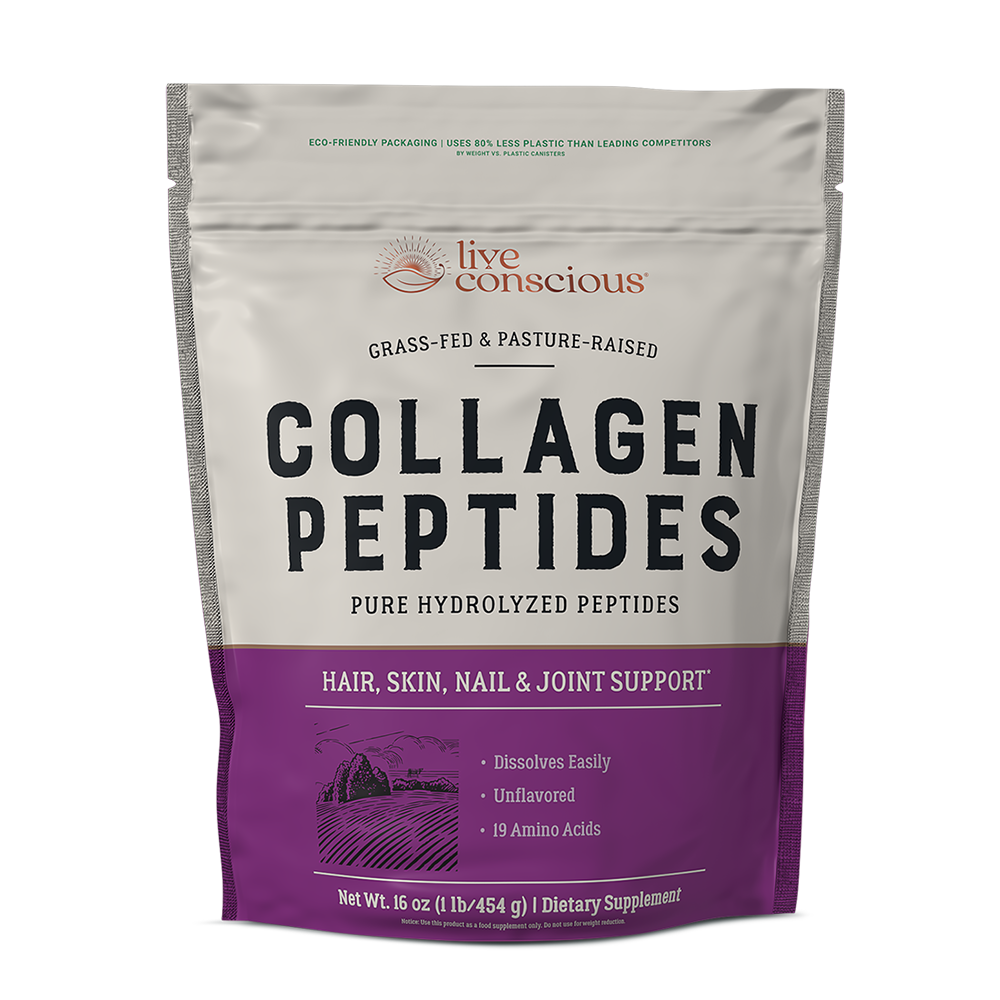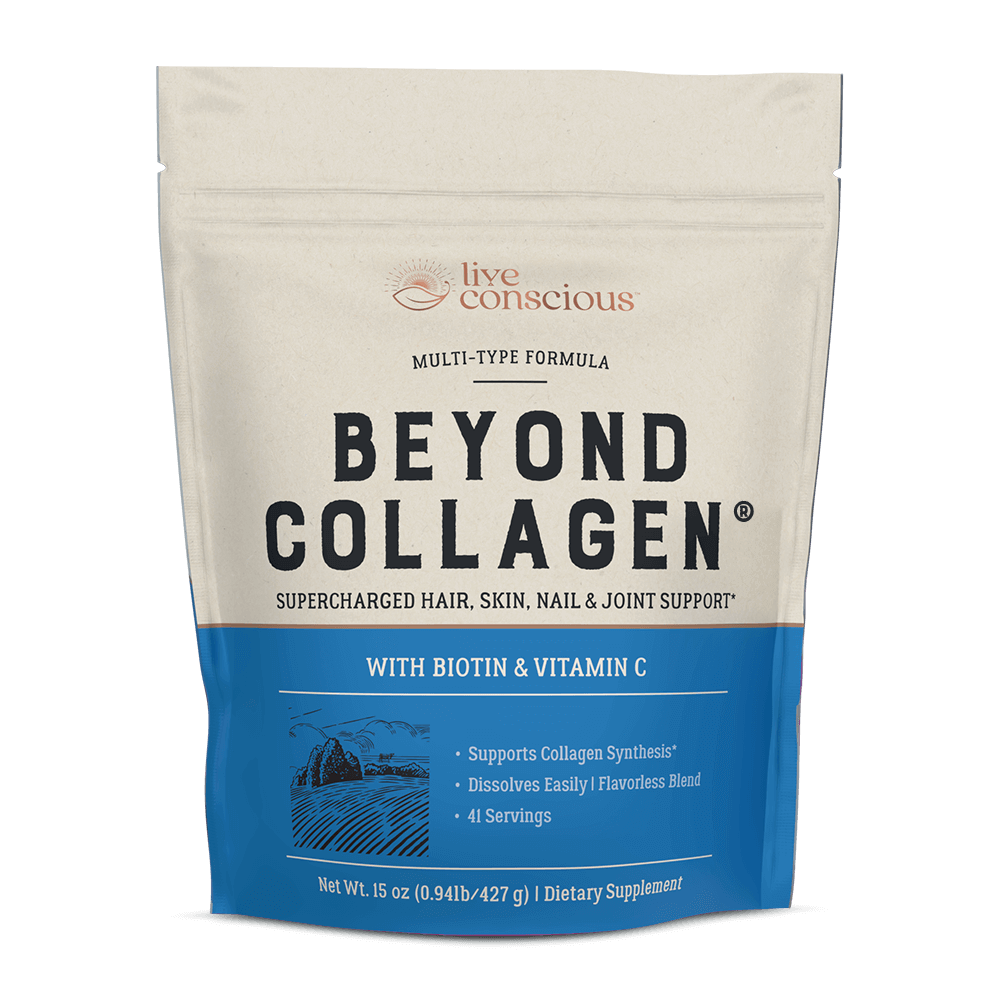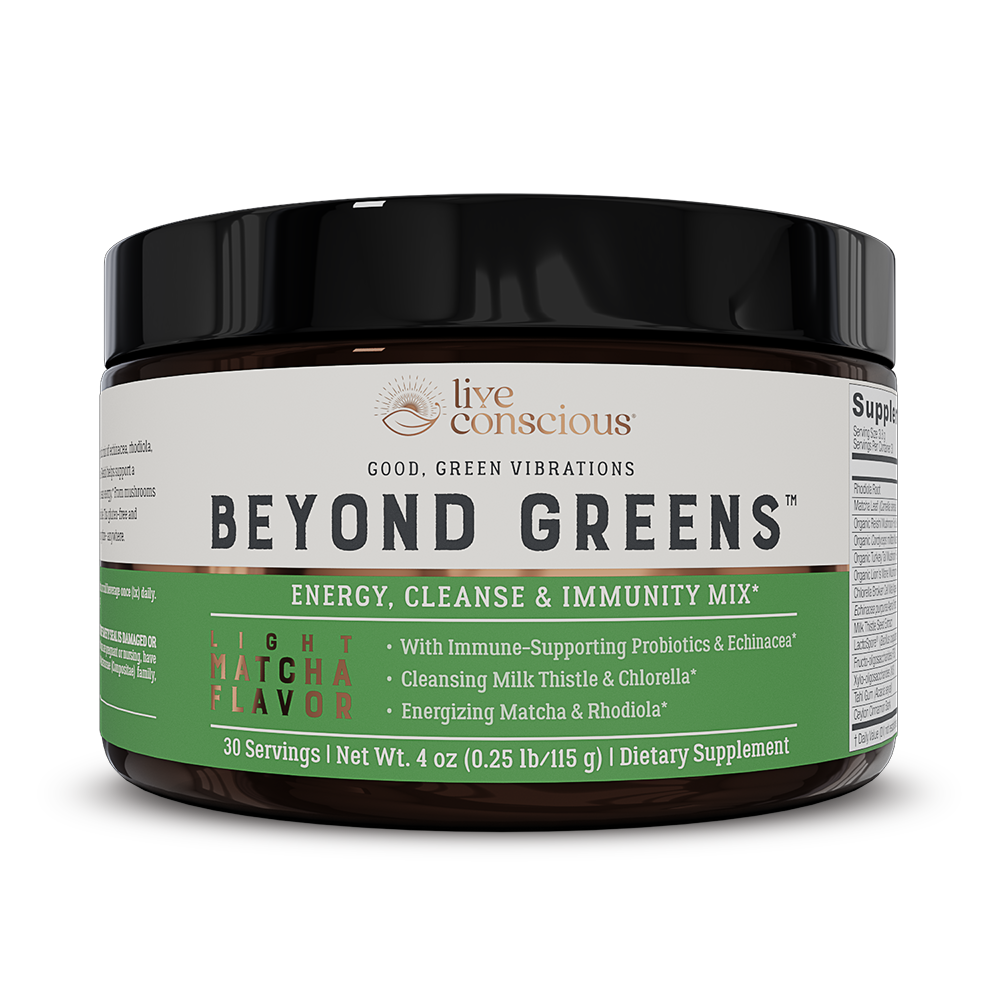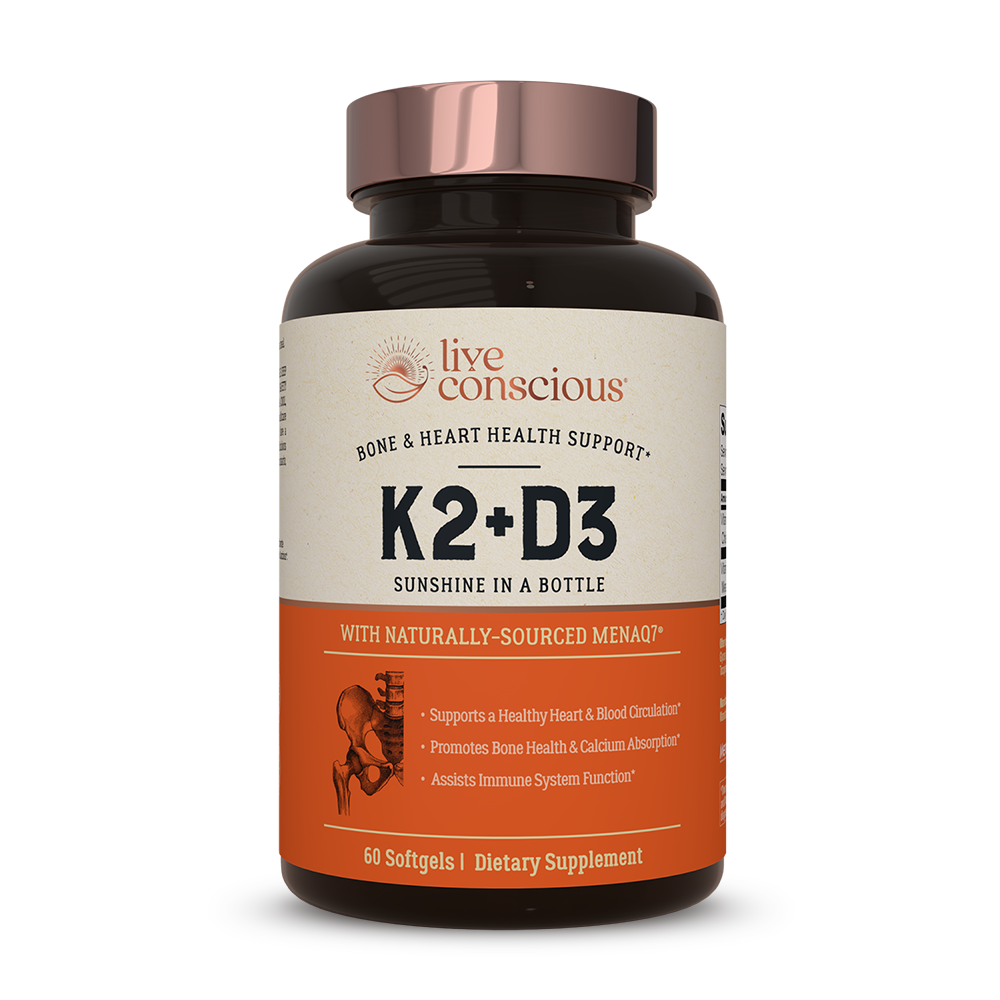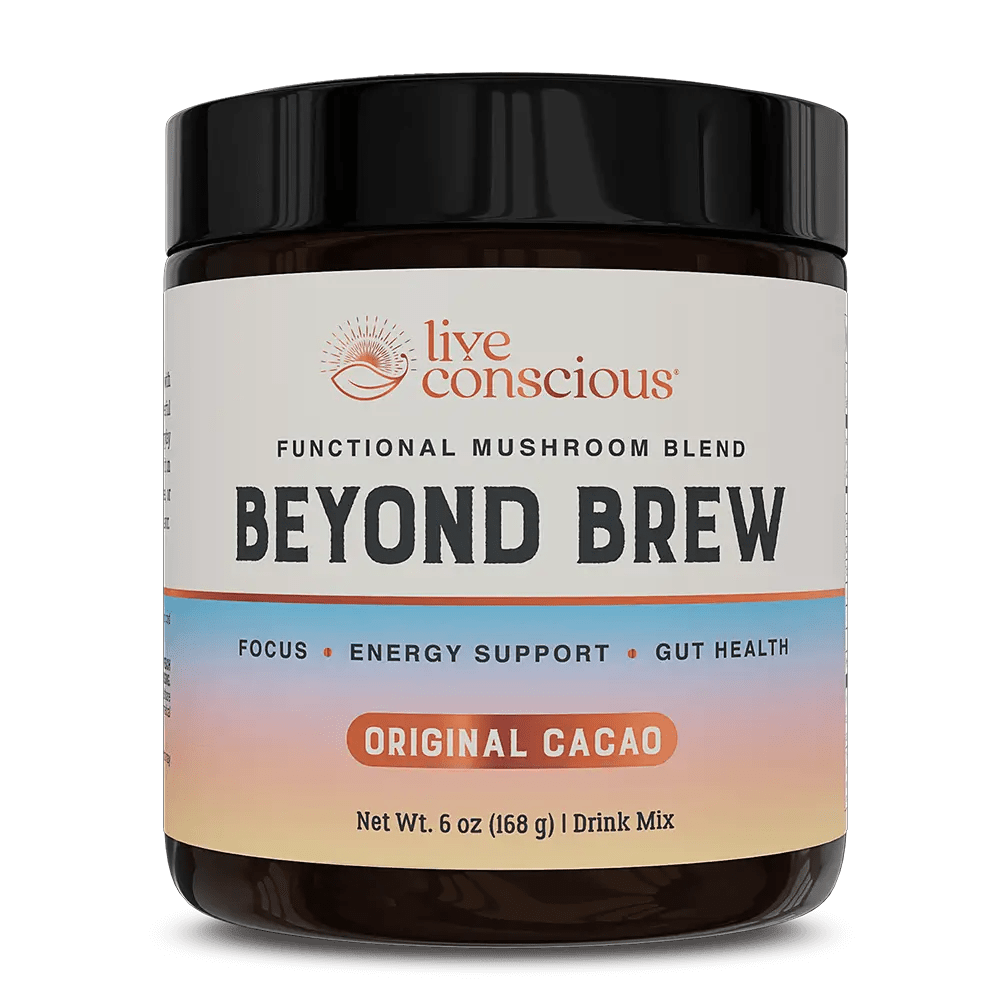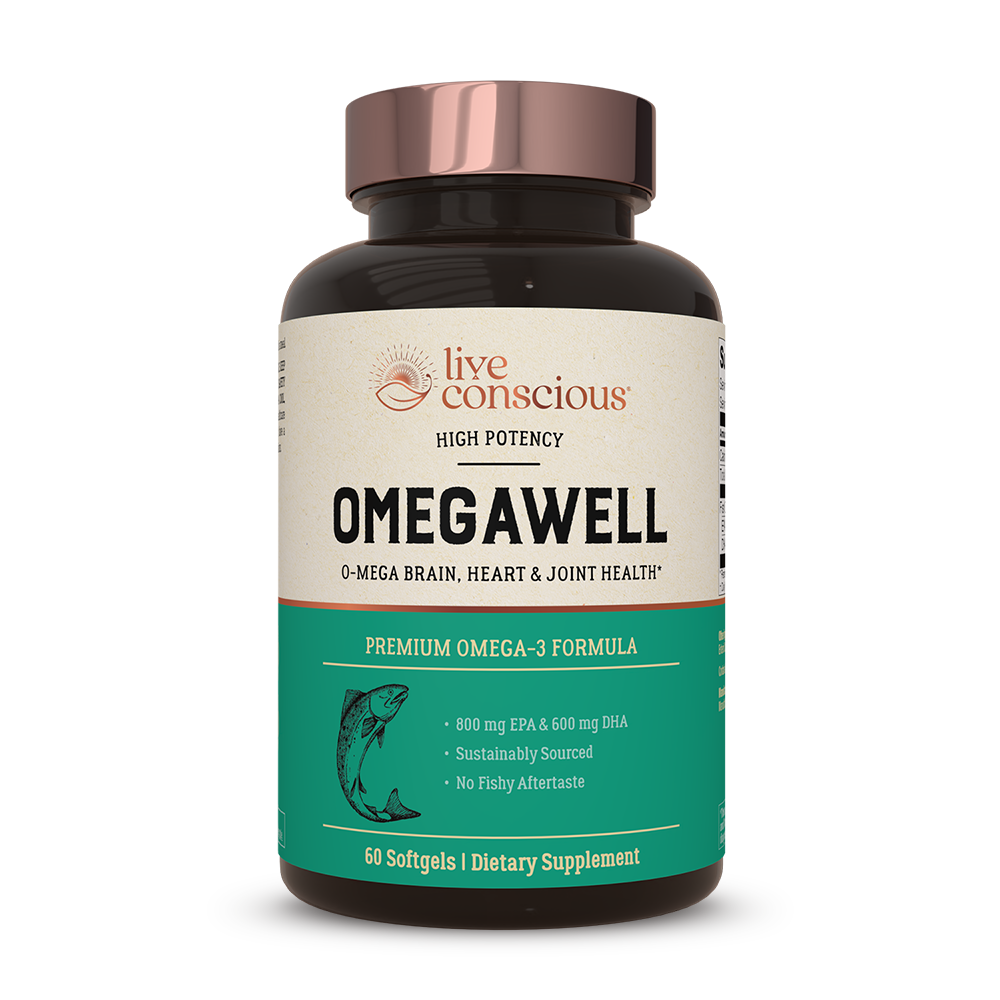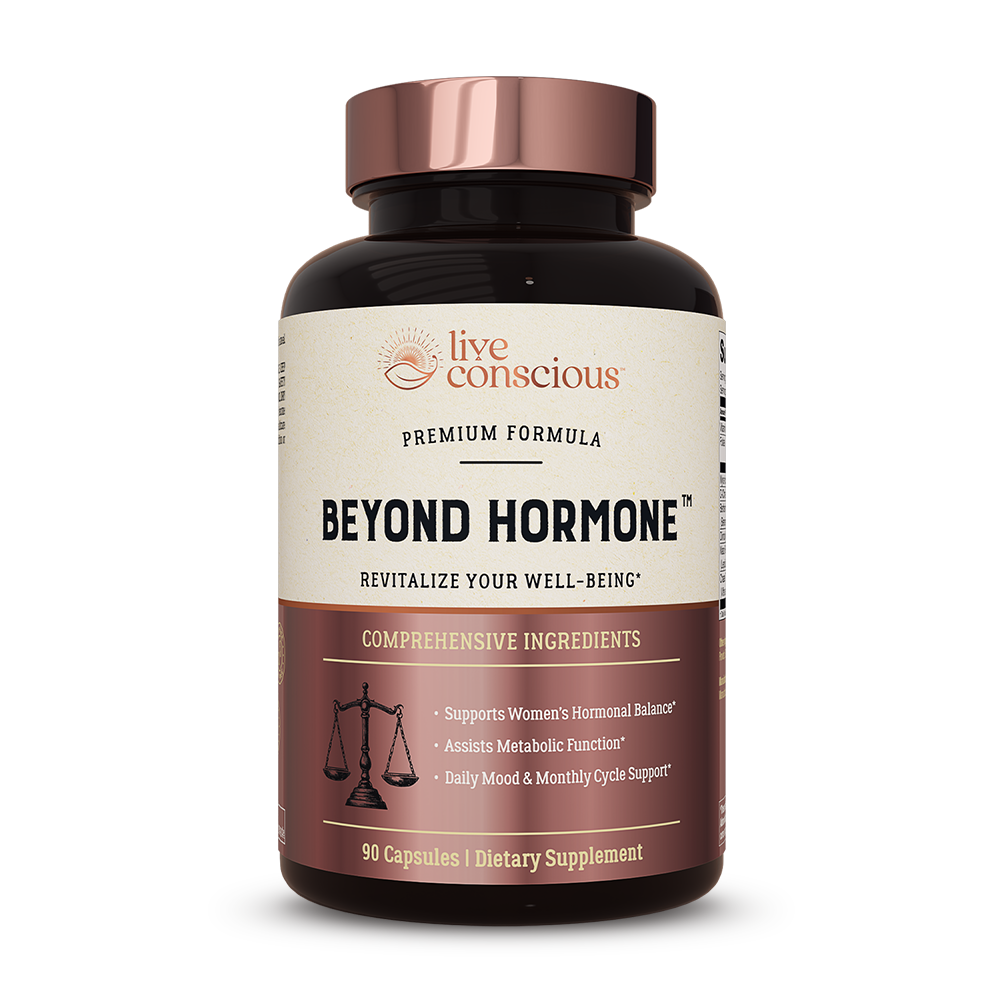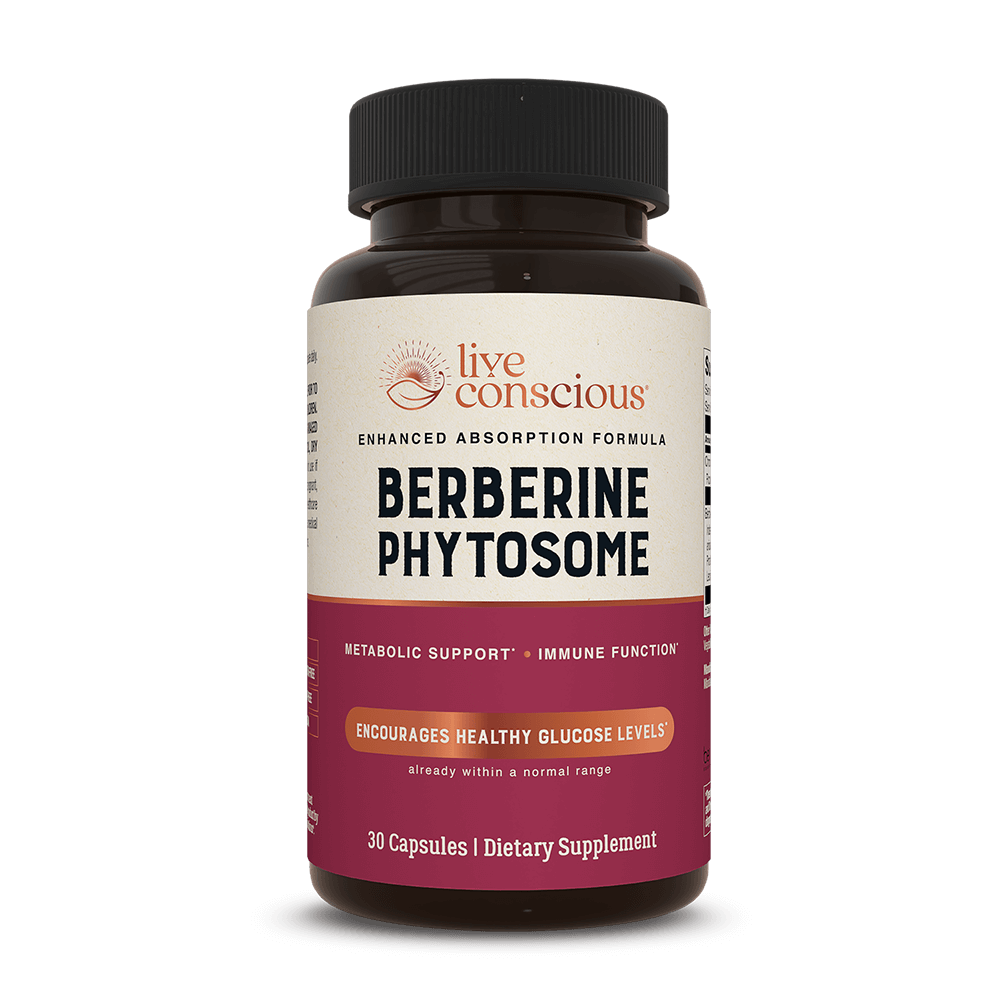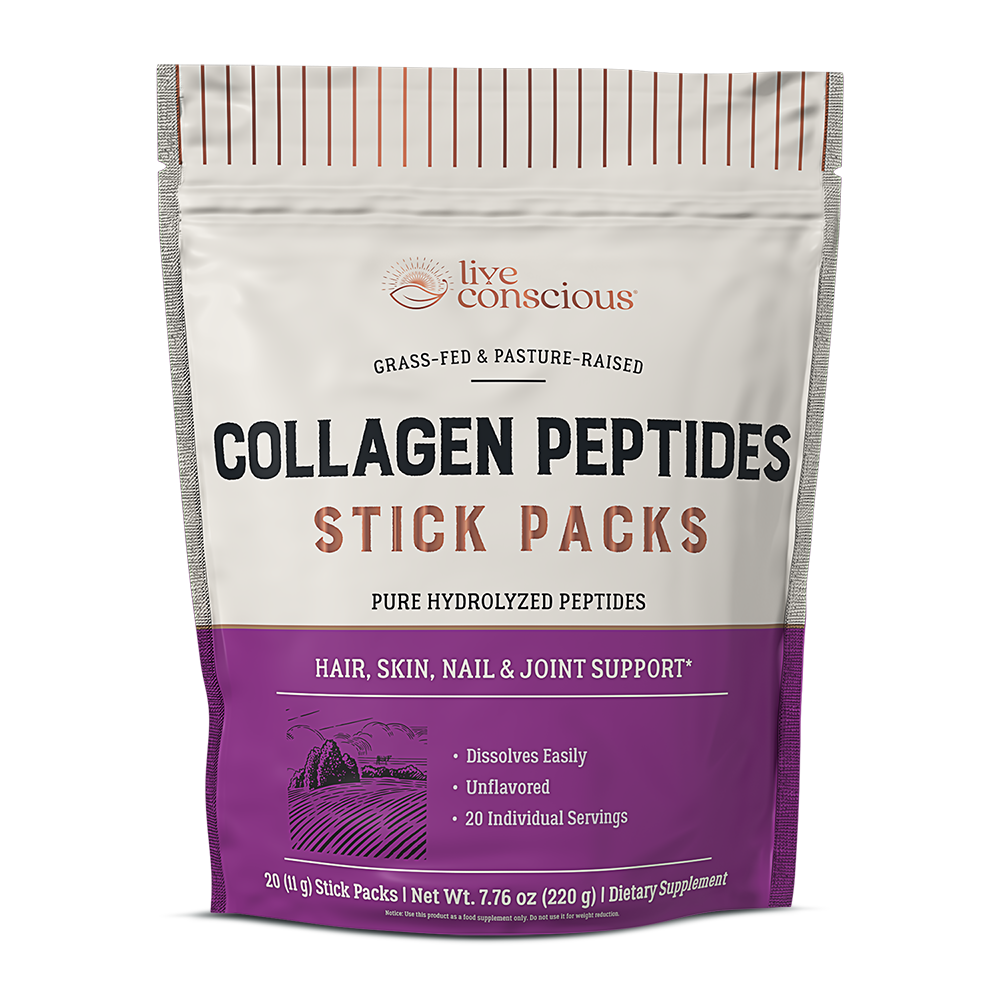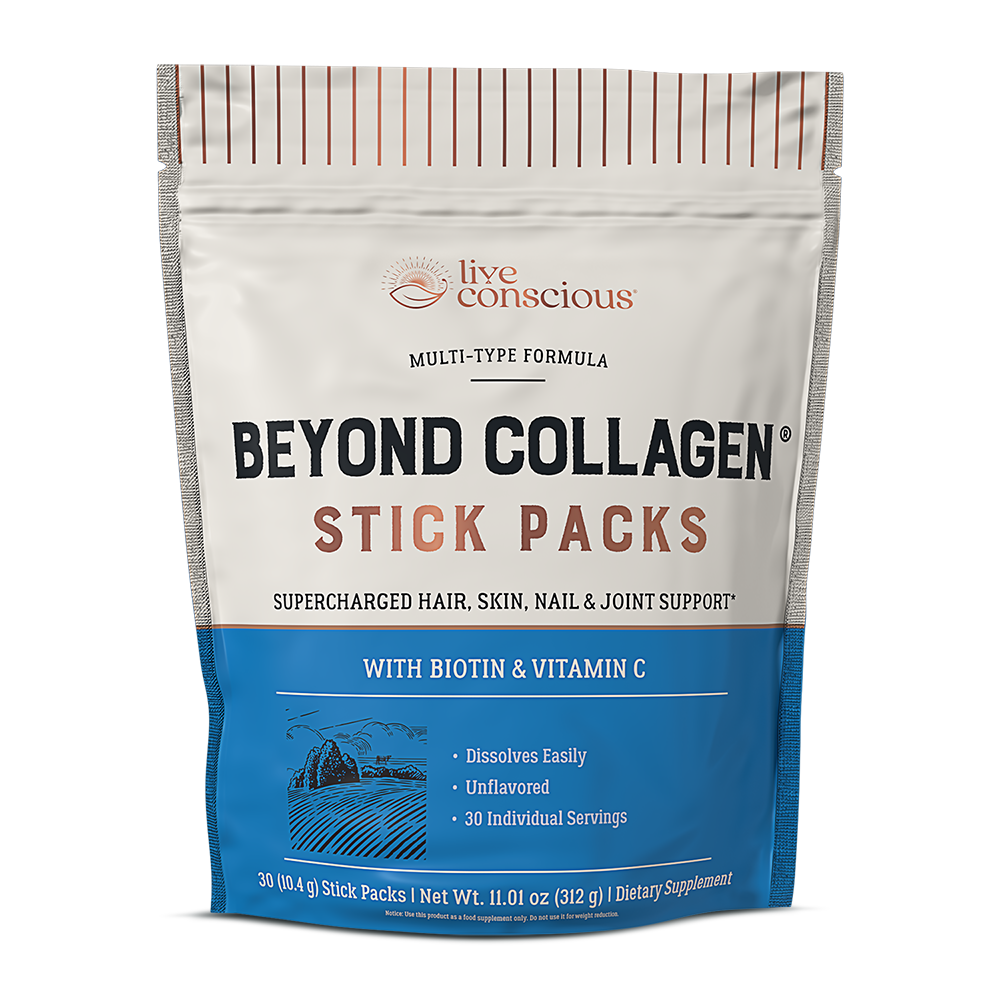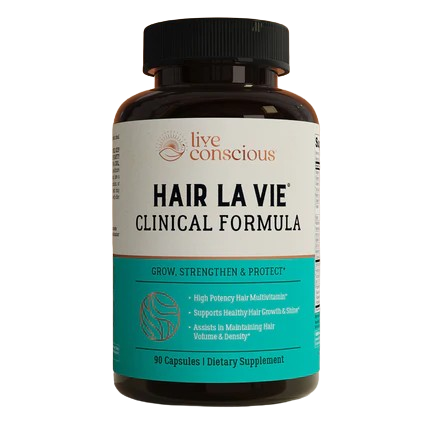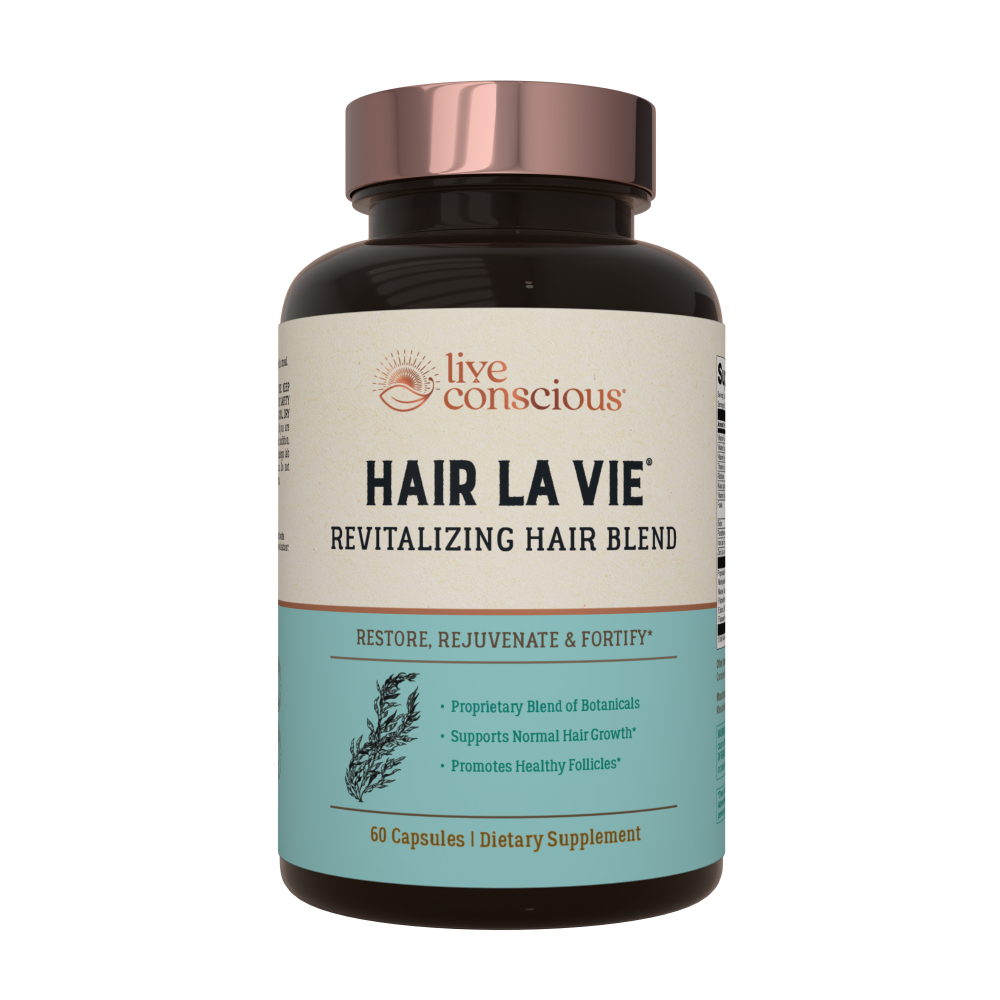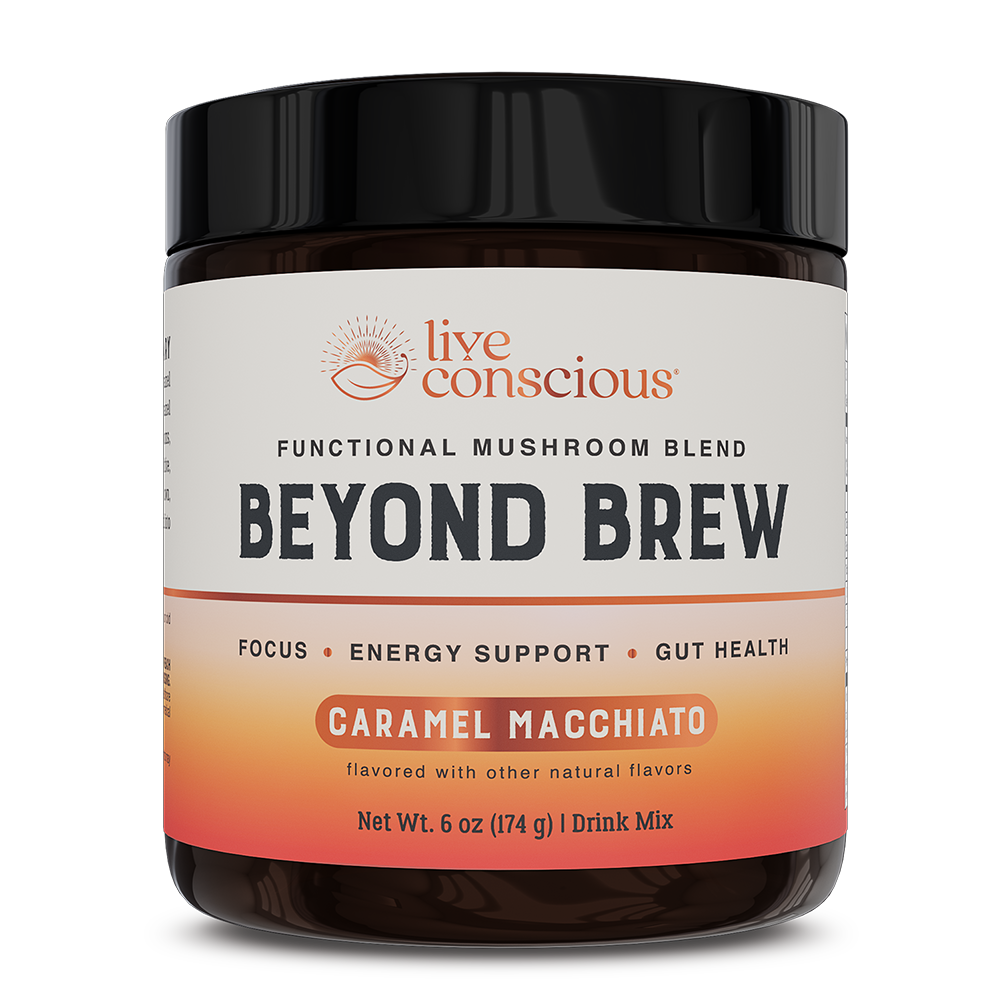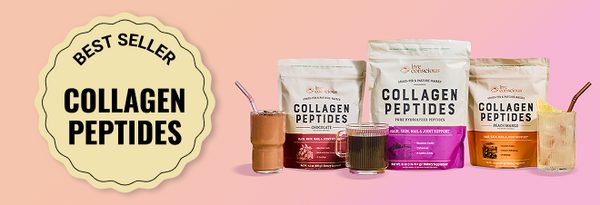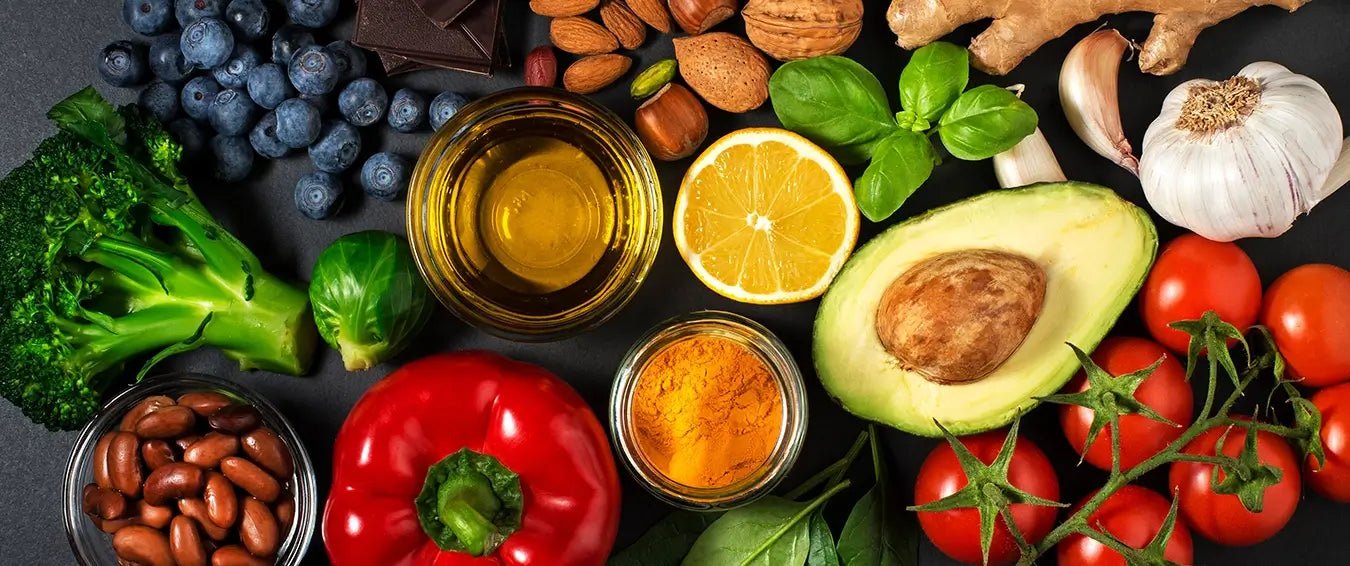Everyday foods are bursting with antioxidants! You don’t need exotic superfoods to have a diet rich in these important molecules. (Although those can be great too!) Knowing how good these compounds can be for you, it's a great idea to bring all the antioxidants you can into your life. Luckily antioxidants can be found in some really delicious foods that are easy to prepare and widely available.
How to Get a Variety of Antioxidants From Food
Eat fresh or frozen! Freshly prepared foods will usually retain their vibrancy and naturally occurring antioxidant levels. Frozen can be a great option too, when the nutritional value is captured in the freezing process.
Look for purple! Purple carrots, sweet potatoes, kale, potatoes, etc., will carry more anthocyanins (an important antioxidant) than more typical varieties. That being said, orange carrots and sweet potatoes are already filled with lots of other kinds of antioxidants, most notably, beta-carotene.
Throw in spices! Culinary herbs and spices are very high in antioxidants, and sprinkling them into your recipes is a great (tasting) way to increase your daily levels of antioxidants.
Eat the rainbow! You’ve heard it before, but all the different colors in fruits and veggies are due to different plant pigments containing various antioxidant properties.
Keep an eye out for wild-grown and organic foods. Wild-grown blueberries tend to have higher antioxidant levels than ones that are farmed. Organic foods have also been found to have more of certain kinds of antioxidants than their conventionally grown counterparts.
It’s all about variety! Get a wide range of different antioxidant-rich foods to get a mixture of the whole assortment of antioxidants that are out there. You can also mix it up by trying different varieties of fruits and veggies, for example—blood oranges instead of just oranges, yellow beets, red carrots, or pink-fleshed apples.

What Are Antioxidants?
Even if you hear about antioxidants all the time, you may not know what they are exactly or why they are so important. Without getting too technical, antioxidants counteract oxidative stress on cells. This means they help reduce different kinds of damage that can happen to the cell. They can protect the cell from deterioration, delay cell aging, in some cases repair cells, and even help to regenerate new ones. They keep our cells young and vibrant, which translates to a more vibrant you.
You’ve probably heard of free radicals, which are the sworn enemy of certain antioxidants. Free radicals are like hungry little molecules racing around being destructive until they get fed. The longer story is that these molecules are missing an electron, making them unstable. Antioxidants share their electrons with these destructive free radicals, which leads to the free radicals being neutralized. So cherish your antioxidants, and give thanks for them giving up a part of themselves for the overall good, your overall good!
You don’t need to know specific levels or understand all the science behind the molecules to get the benefits of getting plenty of antioxidants in your diet. We’ve gathered a list of our favorite high antioxidant foods to help you get started. You are probably already eating some or all of these on a regular basis, but now you will know you are doing something good for yourself each and every day.
10 Foods Rich in Antioxidants
1. Chocolate
Of course, this has to be at the top of our list. As if we need more reasons to reach for it, chocolate offers a whole range of antioxidants, as well as a variety of vitamins and minerals. Chocolate provides phenolic compounds called flavonoids, which may help support the cardiovascular system, promote skin health, nerve health, cognitive function, and influence mood. (We knew we felt better from it!) Now, don’t get too carried away, as you can have too much of a good thing, although we aren’t entirely convinced this is true about chocolate!

Choose dark chocolate that is low in sugar and other additives to get higher levels of antioxidants. Raw cacao is a great option too, as the gentle processing methods preserve much of the antioxidants found in the cocoa bean.
2. Beets
Perhaps the most important side dish of all! Beets contain one of the most potent forms of antioxidants, betalain alkaloids. Unique to a small group of edible plants, betalain alkaloids are responsible for that juicy red pigment found in beets and a few other foods such as prickly pear, chard, and amaranth. These molecules are great scavengers for neutralizing free radicals and have protective effects on cell membranes.
Beets are well known for supporting liver and heart health, and a lot of this may be due to the presence of these powerful antioxidants. Try them pickled, roasted, grated onto salads, or even throw a little into a smoothie and enjoy the beautiful hot pink color it turns!
3. Blueberries
Blueberries are loved for much more than their antioxidants, but it is definitely a perk of adding some to a smoothie, overnight oats, or yogurt parfait. These beloved fruits are actually a deep purple, but they look blue because they are so concentrated in anthocyanins, which have incredible antioxidant effects. Anthocyanins are more concentrated in the skin of most blueberries, and wild blueberries are even more potent, having this deep, rich color throughout the flesh of the entire berry. This and other berries are great for a quick snack that brings an antioxidant boost with virtually no preparation.
4. Strawberries
This classic flavor for candy, syrups, and jam is chock full of a robust antioxidant called ellagic acid. Ellagic acid is a kind of tannin, so it has a bit of an astringent quality, and may promote cardiovascular health, including maintaining healthy cholesterol levels. This compound and its relatives, collectively known as ellagitannins, are incredibly important for supporting cognitive performance when there has been an age-related decline. Strawberries also have anthocyanins and other antioxidant compounds, many of which benefit the immune system, skin health, and joint health.
5. Artichokes
Whether these tasty flower buds are found in fine dining or sprinkled on pizza, artichokes are a food that has one of the highest amounts of antioxidants. Jam-packed with a variety of polyphenols, flavonoids, and anthocyanins, they offer a wide range of benefits from their multitude of antioxidant compounds. Artichoke leaf and flower heads have been traditionally prepared to support the liver and gallbladder and promote digestion, similar to a close relative-milk thistle. These benefits may be due to the presence of silymarin which is also found in milk thistle and has pronounced antioxidant qualities. Although the artichoke heart is often called for in recipes, the petals around the outside should be treasured as a delicacy that provides high amounts of these potent antioxidants.

6. Sweet Potato
These aren’t just for Thanksgiving! There are many varieties of sweet potatoes that all have potent levels of antioxidants called carotenoids. The old saying that eating carrots are good for your eyes is true. Beta carotene, one kind of carotenoid, is found in sweet potatoes, carrots, and other orange fruits and veggies. This compound is converted to vitamin A in the body and is not only good for your eyes but is also good for skin health, the immune system, and healthy cellular functioning.
You can also skip the marshmallows and brown sugar and just roast them in a little butter or oil; they are sweet enough on their own!
7. Raspberries
These bright little droplets of joy pack a lot of vitamin C and vitamin E, both of which have antioxidant properties. Raspberries also boast another antioxidant you may have heard of, found in other red fruits such as watermelon and tomatoes — lycopene. This compound has started to gain quite a reputation, making people appreciate their spaghetti sauce even more. Lycopene is beneficial for heart health, skin health, prostate health, and bone health and may protect against age-related cognitive decline.
As fresh raspberries don’t last long, it's a great idea to keep some in the freezer to put into all kinds of recipes. If possible, look for organic ones, or if you are lucky enough to live where they grow, you may be able to find them at a farmer’s market.
8. Kale
Although touted as a new and upcoming superfood, kale has been around for at least 2,000 years. Kale has high levels of many different kinds of antioxidants which have a wide range of benefits for the body. Quercetin, kaempferol, beta-carotene, and vitamin C just to name a few. Quercetin is an antioxidant powerhouse with a whole list of astonishing properties. This compound has been extensively studied and may protect the brain and nervous system, benefit the liver, inhibit the production of histamine, reduce inflammatory processes, and support immune system functioning.
If you aren’t much of a kale lover, don’t give up. There are a lot of ways to add it to your diet, and many even taste good! Try making kale chips, add to salads or pasta dishes, blend into your favorite fruit smoothie, or find an organic powdered kale product to mix into all kinds of recipes.
9. Red Cabbage
Although cabbage may seem like the least exciting vegetable, there is a reason it is still a kitchen staple after all of these years. The cabbage family, including broccoli, cauliflower, collards, and Brussels sprouts, are home to a unique group of sulfur compounds that act as antioxidants. These compounds, known as glucosinolates, are responsible for many of the health-promoting properties of the nutritious foods in this plant family. Red cabbage also contains those beautiful antioxidant pigments, anthocyanins. You can eat it fermented in sauerkraut or kimchi for added health benefits, add a bit to a superfood smoothie or simply saute and drizzle with balsamic vinegar or lemon juice.

10. Spinach
Spinach has an interesting combo of beta-carotenes and those betalain alkaloids found in beets. This green smoothie staple is also especially high in lutein and zeaxanthin, aka xanthophyll carotenoids, being one of the best sources for these eye health-promoting compounds. Not only are they good for eye health, but they also actually accumulate in the eye, the retina, and the macula. Often called ocular antioxidants, they are vital for maintaining eye health and super important for reducing age-related eye issues. These compounds may help support cognitive functioning as well. Spinach makes great salads and smoothies, and you can easily sneak it into other recipes without changing the flavor much.
It Doesn’t Stop There
Other high antioxidant foods include dark leafy greens, black beans, cranberries, plums, red grapes, tomatoes, pumpkin, green tea, goji berries, pomegranates, and bell peppers. There are so many options to enrich your diet with foods that are packed with antioxidants that bring us health and keep our bodies at their finest.
Waking up to Wellness
You don’t need to understand all the science behind it to get the benefits or exactly how many kinds of antioxidants a food has. The important thing is getting a variety of these foods on a consistent basis. Find your favorites and eat a lot of those, but also try to experiment with new foods and rotate unique fruits, veggies, herbs, and spices into your diet. Knowing you are doing yourself some good by eating these foods can boost your enjoyment of them and put the power of health into your own hands.
